Nothing beats the beauty of having an attractive garden, with stunning tit birds of different colors, songs, and calls spicing your backyard. Keeping a wild bird as a pet comes with several advantages. These birds are easy to maintain. They feed on destructive insects and keep your plants healthy.
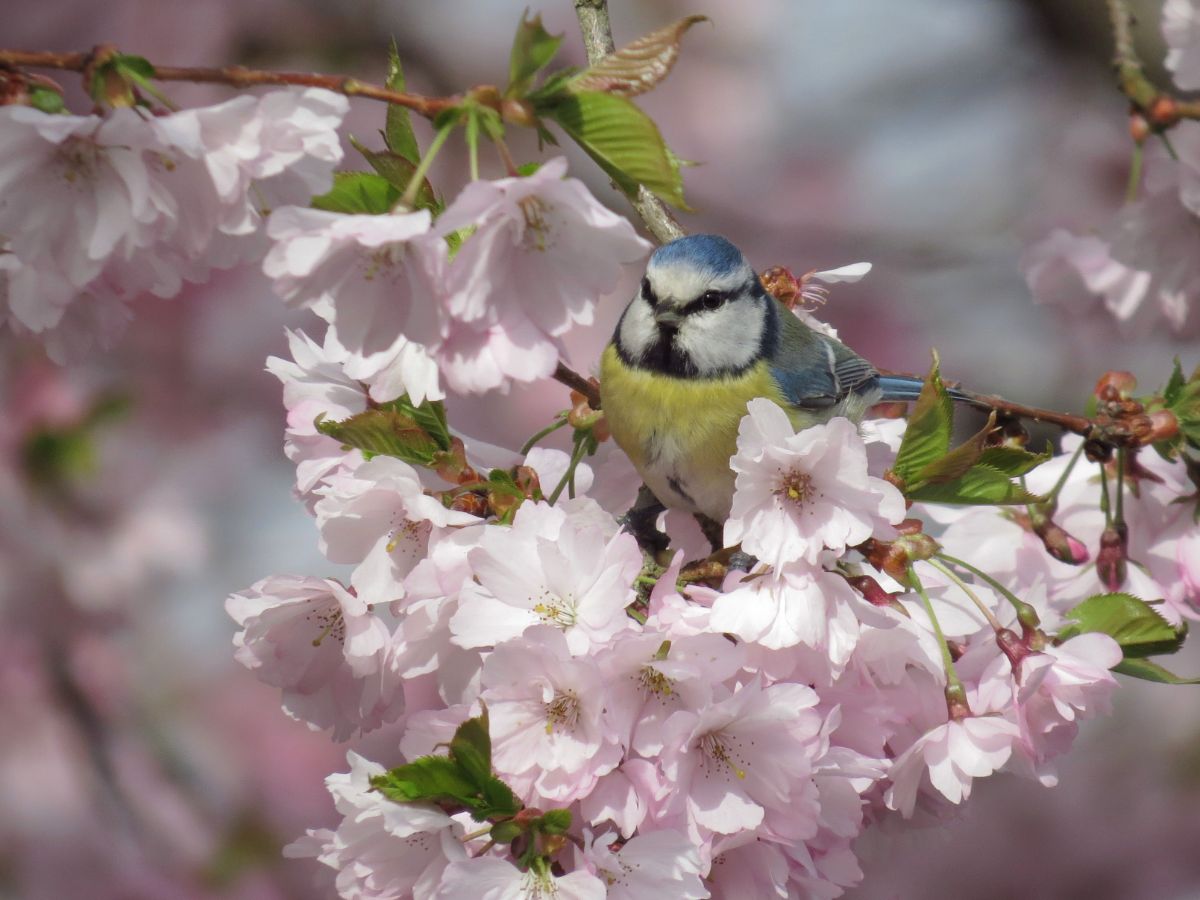
Attracting tit birds to your garden requires you to provide them with plenty of food and water. Also, growing insect-friendly plants and flowers will increase the number of tit birds feeding in your home. You don’t need any pet houses for the birds. But you can include a few nest boxes if you wish to live with them in your compound.
But how do you take care of these precious birds after attracting them to your backyard? This article provides reliable tips to help you keep your home habitable for different species of the tit bird family.
Contents
Set up Bird Feeders and Drinkers
Tit birds will frequent your home when there’s food to eat. The first step to taking care of the tits in your garden is providing sufficient feeding and drinking areas around the place to satisfy their hunger needs.
Provide High-Quality Tit Bird Foods
The health of your tit birds depends on the quality of foods you place on the feeders. While it may be tempting to purchase cheap bird-food mixes, high-quality meals guarantee that the foods have the right ingredients and are safe for your birds. It’s also a guarantee that they contain the proper nutrients in the appropriate proportions they need every season.
Consider a rich supply of natural foods as well as supplemental ones. Understanding the foods your bird species prefer will help you shop for suitable options.
What Type of Foods Do Tits Eat?
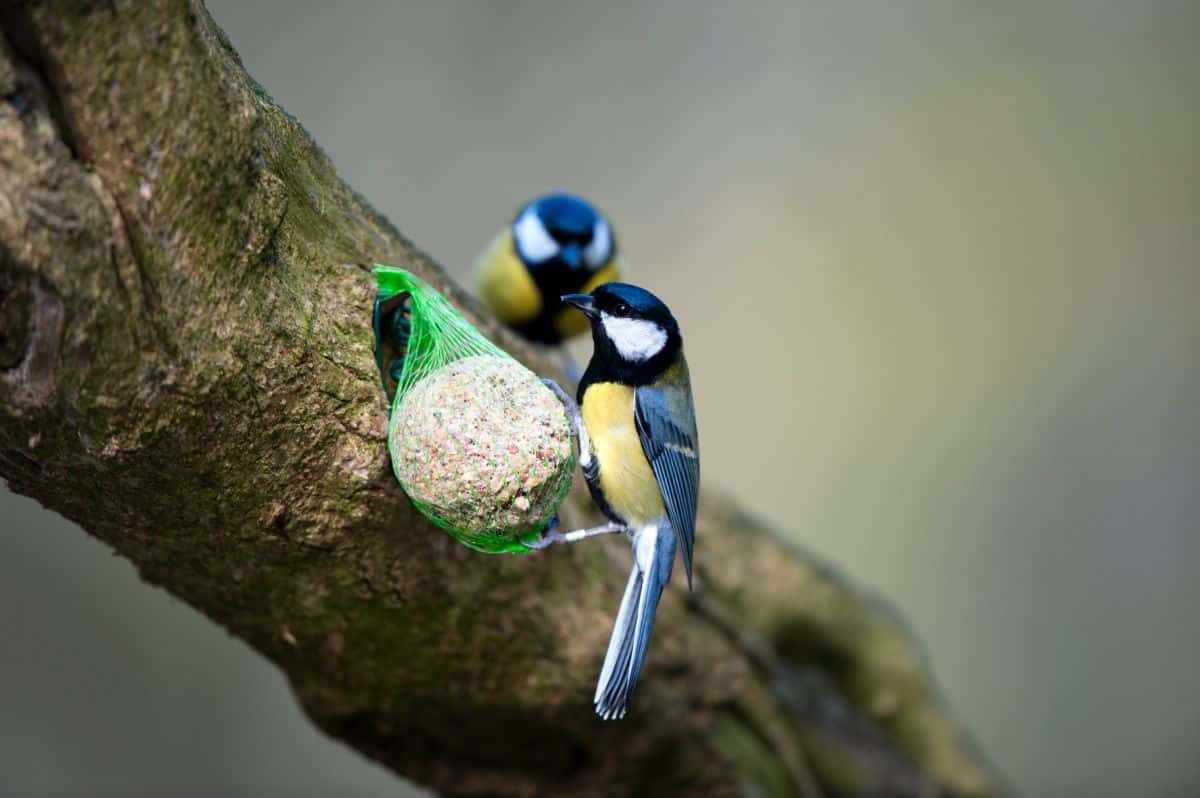
Different bird species in the tit family prefer varying foods every season. For instance, Coal, Blue, and the Great Tits majorly feed on seeds, insects, and nuts. The birds will also appreciate an ample natural supply of caterpillars to provide for their young ones during breeding.
The blue tits will appreciate a feeding table with seed mixes and peanuts, while a large stock of sunflower hearts will be fantastic for your Great Tits. Though they can feed on mixed seeds and nuts, these birds also consume a significant amount of sunflower hearts.
While stocking foods for summer, remember to get high-fat meals for your birds. Foods rich in sunflower hearts and suet are also sufficient for the high-energy needs of your tit birds during the winter season.
Which Foods Should You Avoid?
Tits are animals, but not humans. Thus, not every food or recipe that’s good for you will be safe for your bird. For instance, peanuts are excellent feeds for your birds.
But these meals become toxic if you decide to add salt to them or serve them dry. That’s why it’s helpful to speak to a bird feed expert before feeding anything to your birds. Alternatively, you can stick to the bird feeds at reliable stores.
Here are some foods to avoid placing on your tit bird feeding tables.
- Dry or salted peanuts
- Cat biscuits and dried dog biscuits can choke the small birds
- The birds’ system can’t digest milk
- Cooked porridge sticks harden around the beaks, making them unsuitable
- Stale and moldy food may contain bird-harmful bacteria
Provide Maximum Care During Nesting
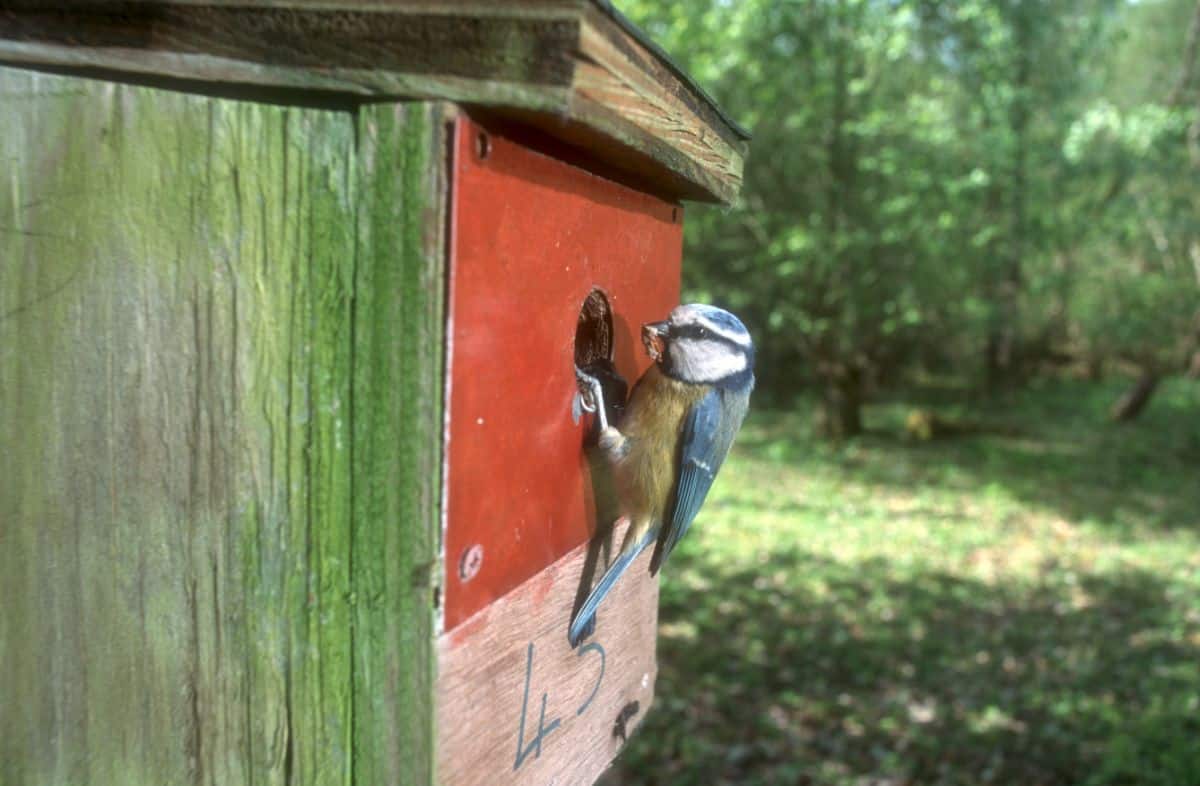
The duration of nesting is often the most demanding for your birds. They must sit on the eggs, source food for themselves, and get a sufficient supply for their chicks. Thus, your food supply and clean drinking water should be high during nesting.
Determine which foods your tit species feeds on most at this time and boost supply. For instance, Blue Tits will need a higher supply of caterpillars to satisfy the increased food demand from their young ones.
Ensure that your tit birds have a place to call home. Most tit birds build their nests on wall crevices or trees. But they will appreciate having a nest box in your garden.
How To Place the Nest Box
How you place the nest box will determine whether your feathery friends will enjoy the comfort or not. First, ensure that the nest box is on a woodland that your specific tit bird species enjoy nesting on.
For instance, Great Tits can settle on several trees, except the coniferous forests. On the other hand, Coal Tits won’t mind nesting on the conifers.
Avoid suntraps. Consider facing the entrance hole away from the sun, probably to the northeast.
The size of the nest box hole also matters. For Coal, Blue, and Marsh Tits, consider making a nest box with a diameter of 25 mm. Alternatively, a 28 mm diameter is sufficient for a Great Tit.
Additional Tips To Keep Your Tit Bird Healthy and Happy
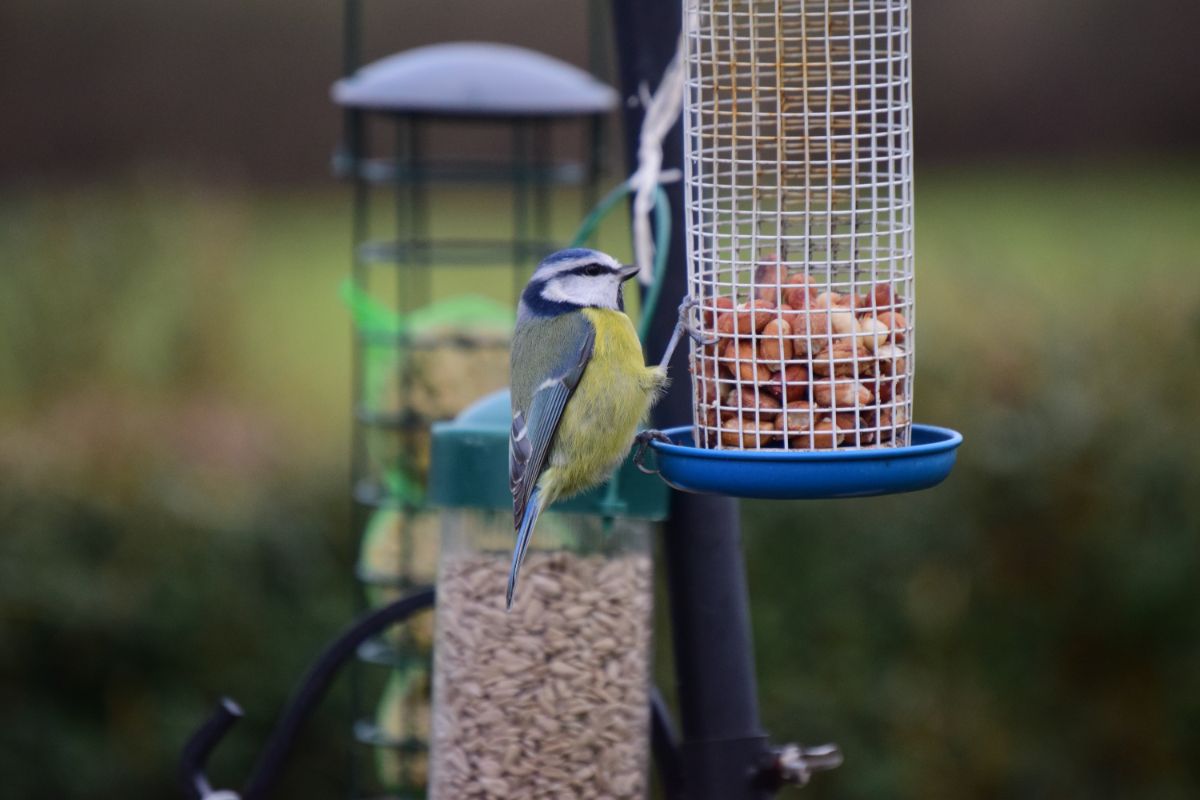
You now have enough food, excellent habitat, and water to cater to the bird. Here are some tips to keep the birds healthy and make your backyard a satisfying habitat.
Keep the Feeding and Drinking Areas Tidy
Dirty feeders and drinkers pose many health risks to your birds. Thus, you need to keep these units as tidy as possible to keep them healthy.
Wash and disinfect the water bowls and feeders frequently. Alternate the feeding and drinking points around the garden to discourage bacteria buildup.
Clean and disinfect the grounds and feeding areas before and after shifting. A mild disinfectant is most suitable.
Limit Potential Dangers
Your home and garden should feel sufficiently safe for your little feathery friends. However, other pets, including cats and dogs, may scare these creatures. Even worse, some cats even prey on birds.
As a result, consider restricting the other pets from scaring the birds. If you have a cat, put in measures to keep them away from your birds.
Alternatively, you can make it easy for your birds to sense the cat’s presence and stay safe. A collar and bell are excellent options to use.
You can also restrict the time your cat goes out, limit the duration, or keep them indoors.
Take Care of Tit Birds
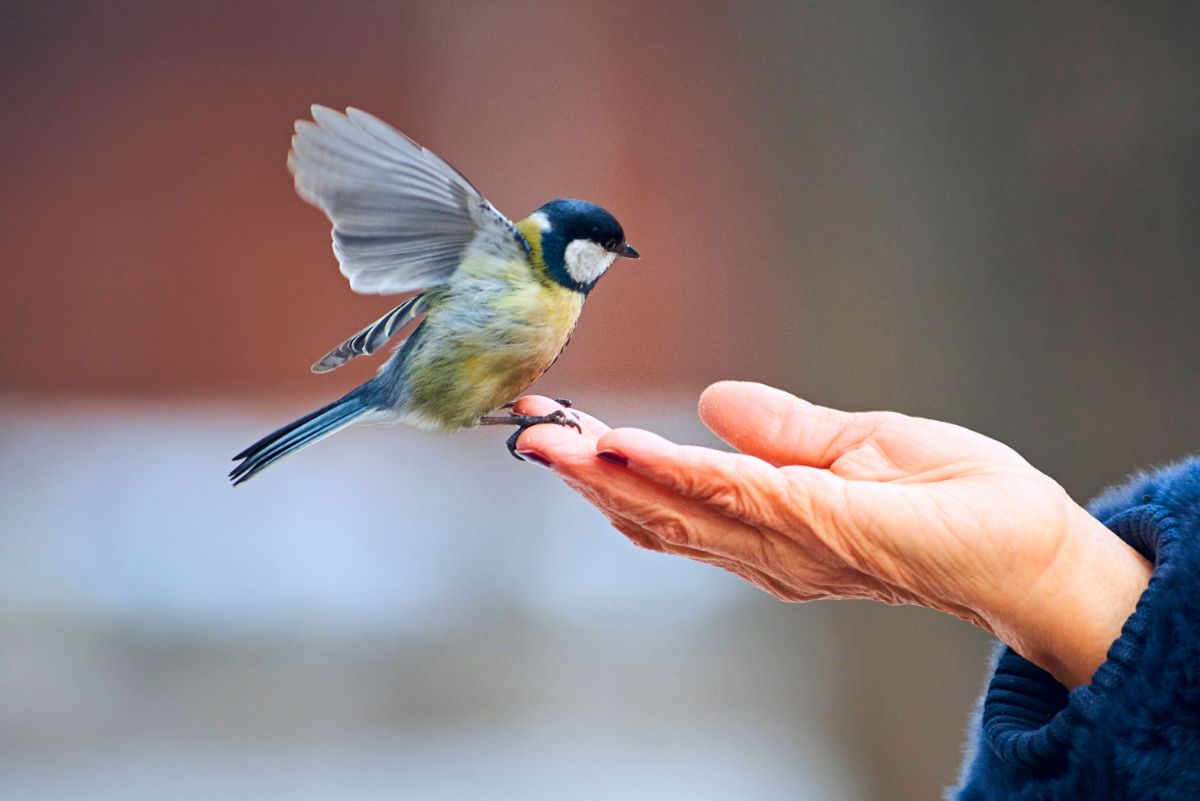
You enjoy the unique features, beauty, and songs of your tit birds and want to keep them close to you. That comes with the responsibility of keeping the birds happy, healthy, and satisfied. These tips will make it easy to build a fulfilling habitat for your tit birds.
